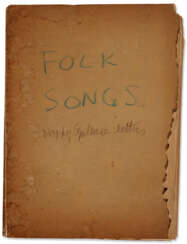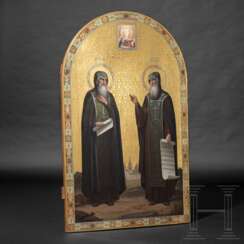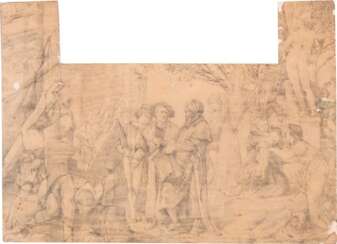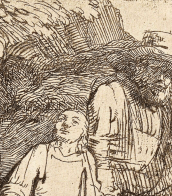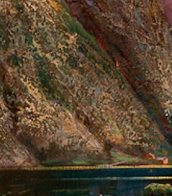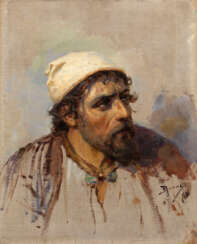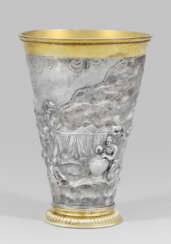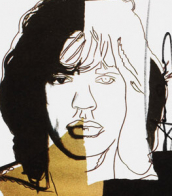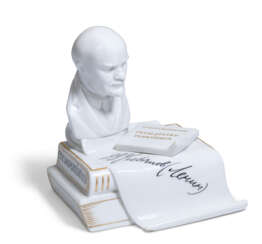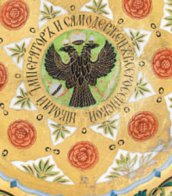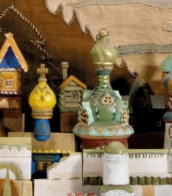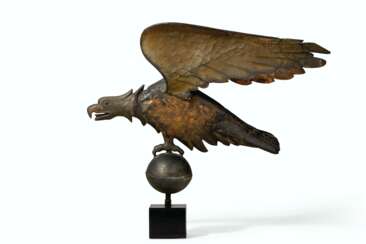workers
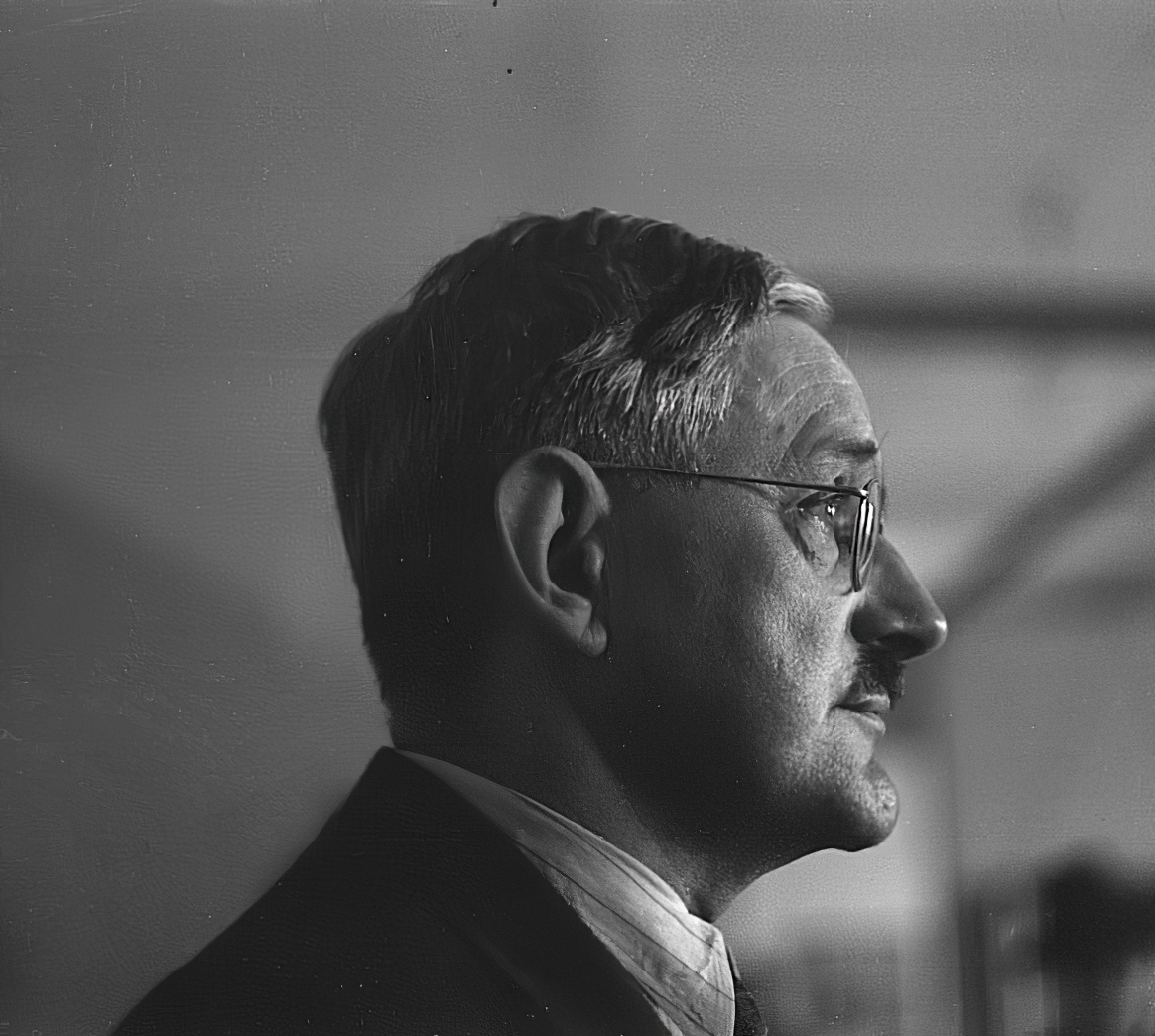
Conrad Felixmüller was a twentieth-century German artist, born Conrad Felix Müller. He is known as a painter, graphic artist, illustrator and printmaker, a representative of the New Materiality movement, who worked in the Expressionist style.
Felixmüller created about 2,500 paintings and graphic drawings, the main motif of which was the human being. The artist considered himself a socially critical expressionist, and his works reflected scenes from everyday life. In the 1930s, many of his works were confiscated by the Nazis as examples of degenerate art and destroyed. As a result of the bombing of Berlin in 1944, Felixmüller lost much of his work.
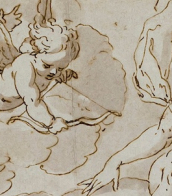
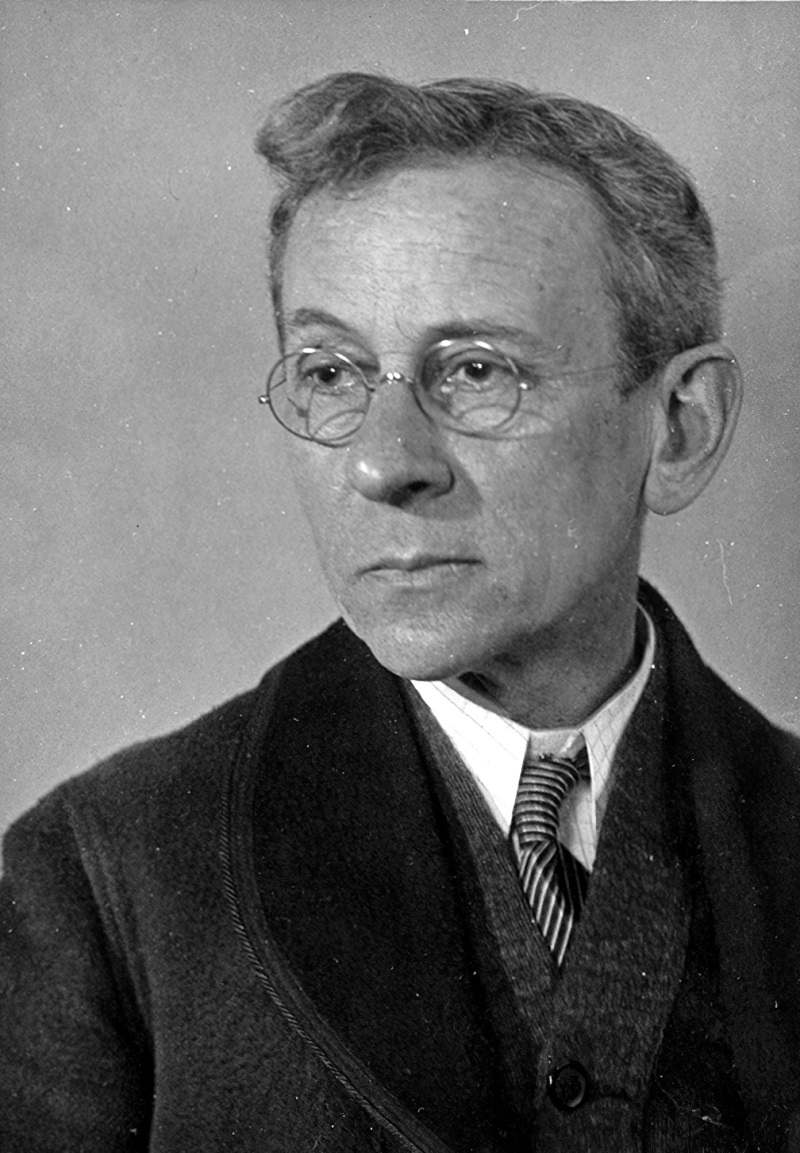
Lewis W. Hine was not an artist in the traditional sense, but rather a photographer and social documentary photographer who used his camera as a tool for social change. He is best known for his work in the early 20th century, documenting the living and working conditions of children in the United States.
Hine's photographs were instrumental in bringing about changes in child labor laws in the United States, and his images were used as evidence in court cases and Congressional hearings. He believed that photography could be a powerful tool for social reform, and he used his camera to highlight the injustices and hardships faced by working-class Americans.
In addition to his work as a photographer, Hine was also a teacher and an advocate for the arts. He taught at the Ethical Culture School in New York City, where he encouraged his students to use photography as a means of social commentary.
Hine's legacy as a photographer and social activist continues to inspire generations of artists and advocates for social justice. His photographs are considered a valuable historical record of life in the early 20th century, and his commitment to using art as a means of social change remains a powerful example of the role that artists can play in shaping society.
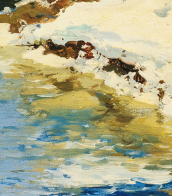
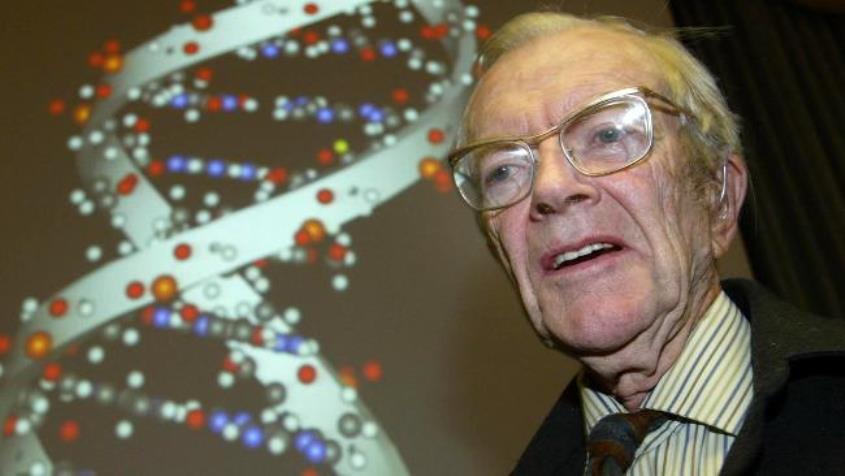

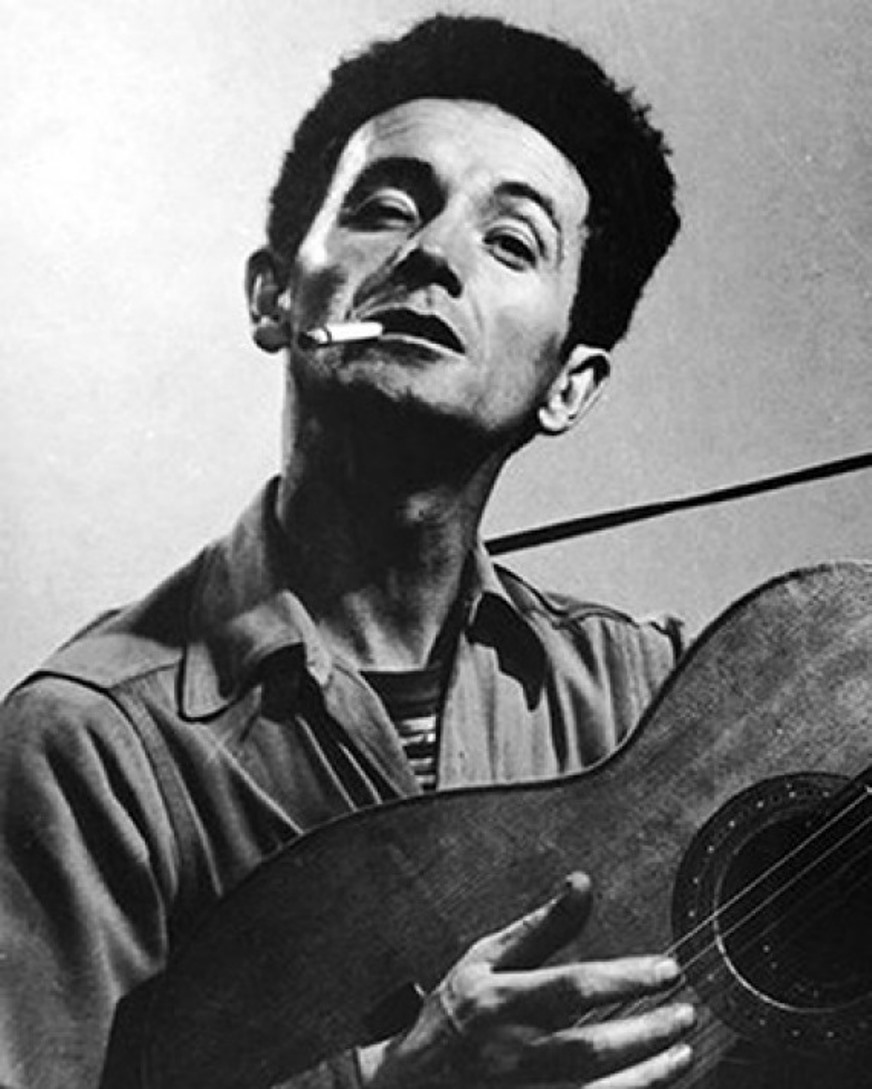
Woodrow Wilson Guthrie or Woody Guthrie is an American folk and country singer and musician.
Guthrie was born in difficult economic times in the United States. At first, he earned a living as a sign painter in different cities, traveling by hitchhiking. At the age of 20, he began learning to play guitar, playing in saloons and labor camps during the Great Depression. In his travels, the musician absorbed and performed many of the old folk ballads he heard around him and wrote many new songs reflecting the everyday joys and hardships of the ordinary people he met in his travels.
Guthrie was a major influence on folk and rock musicians from Bob Dylan to Wilco. Among Guthrie's best-known songs are Pastures of Plenty, Bound for Glory, and This Land is Your Land, the latter of which, due to its popularity, has become something of an "alternative national anthem" in the United States. In 1940, he recorded four hours of songs and stories for the Archive of American Folk Song at the Library of Congress (now the Archive of Folk Culture, American Folklife Center). Throughout the 1940s and 1950s, Guthrie had a high-profile career in radio broadcasting and recording.
Woody was a very prolific composer, writing thousands of songs. He also wrote an autobiographical novel, On the Road to Fame, and drew thousands of pen and ink drawings, many of which are now in the Ralph Rinzler Center's Folklife Archives and Collections.
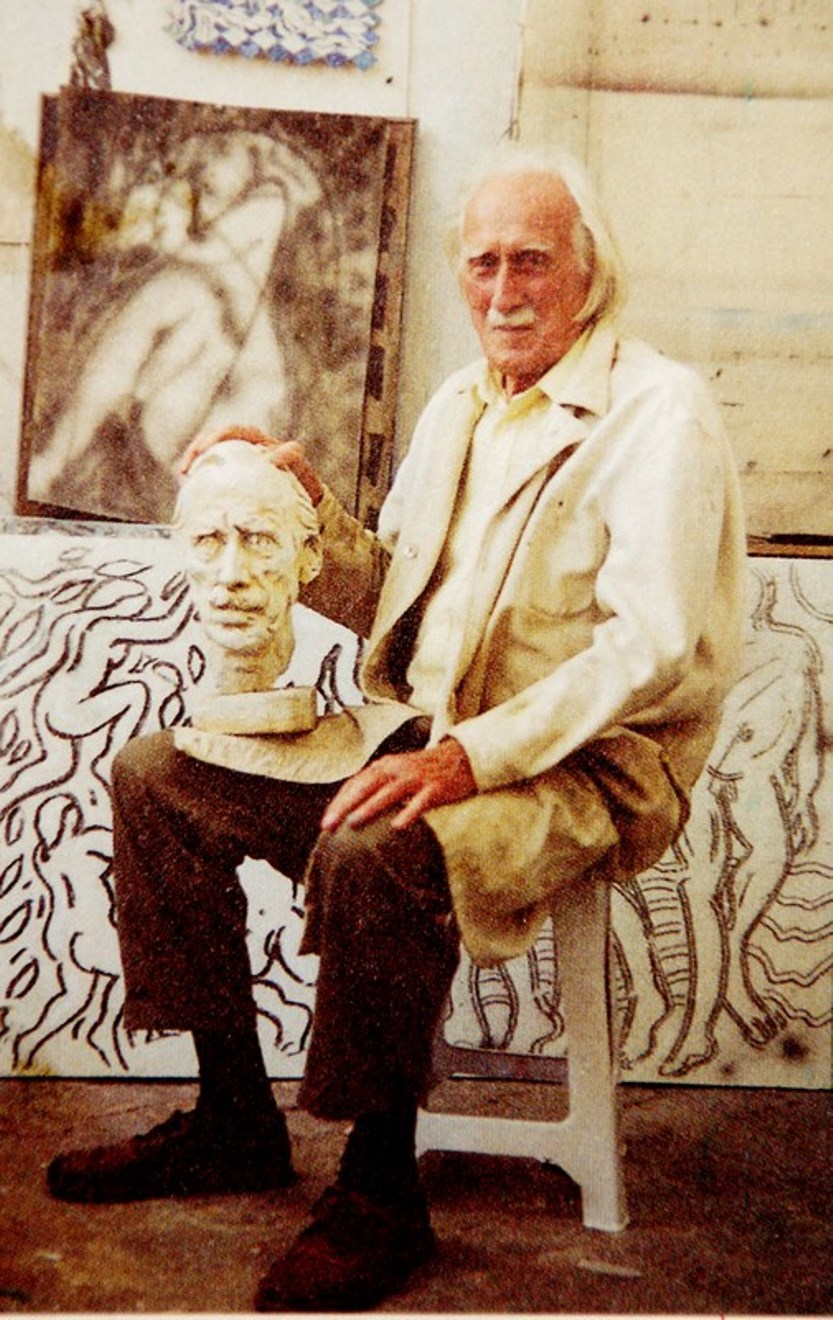
Harold Ambellan is an American painter and sculptor.
He studied sculpture and fine art in Buffalo before moving to New York City. The human figure is central to Harold Ambellan's work. He created monumental figures and drew extensively, leaving thousands of drawings. Ambellan was one of the participants in Roosevelt's Federal Art Project, which hired hundreds of artists during the Great Depression who collectively created more than 100,000 paintings and over 18,000 sculptures.
Ambellan remained committed to figuration in both his sculpture and painting. He was elected president of the Sculptors Guild of America in 1941, and that same year his work was exhibited in group shows at the Metropolitan Museum of Art in New York and the Academy of Fine Arts in Philadelphia.
In 1944, Ambellan participated in the liberation of Normandy as part of the U.S. Navy, then taught three-dimensional art at the Workshop School in New York City. In 1954, for political reasons, Ambellan moved to France and remained there for the rest of his life, working and exhibiting throughout Europe.


Woodrow Wilson Guthrie or Woody Guthrie is an American folk and country singer and musician.
Guthrie was born in difficult economic times in the United States. At first, he earned a living as a sign painter in different cities, traveling by hitchhiking. At the age of 20, he began learning to play guitar, playing in saloons and labor camps during the Great Depression. In his travels, the musician absorbed and performed many of the old folk ballads he heard around him and wrote many new songs reflecting the everyday joys and hardships of the ordinary people he met in his travels.
Guthrie was a major influence on folk and rock musicians from Bob Dylan to Wilco. Among Guthrie's best-known songs are Pastures of Plenty, Bound for Glory, and This Land is Your Land, the latter of which, due to its popularity, has become something of an "alternative national anthem" in the United States. In 1940, he recorded four hours of songs and stories for the Archive of American Folk Song at the Library of Congress (now the Archive of Folk Culture, American Folklife Center). Throughout the 1940s and 1950s, Guthrie had a high-profile career in radio broadcasting and recording.
Woody was a very prolific composer, writing thousands of songs. He also wrote an autobiographical novel, On the Road to Fame, and drew thousands of pen and ink drawings, many of which are now in the Ralph Rinzler Center's Folklife Archives and Collections.

Harold Ambellan is an American painter and sculptor.
He studied sculpture and fine art in Buffalo before moving to New York City. The human figure is central to Harold Ambellan's work. He created monumental figures and drew extensively, leaving thousands of drawings. Ambellan was one of the participants in Roosevelt's Federal Art Project, which hired hundreds of artists during the Great Depression who collectively created more than 100,000 paintings and over 18,000 sculptures.
Ambellan remained committed to figuration in both his sculpture and painting. He was elected president of the Sculptors Guild of America in 1941, and that same year his work was exhibited in group shows at the Metropolitan Museum of Art in New York and the Academy of Fine Arts in Philadelphia.
In 1944, Ambellan participated in the liberation of Normandy as part of the U.S. Navy, then taught three-dimensional art at the Workshop School in New York City. In 1954, for political reasons, Ambellan moved to France and remained there for the rest of his life, working and exhibiting throughout Europe.

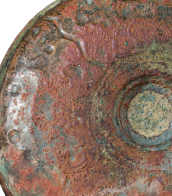
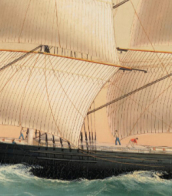
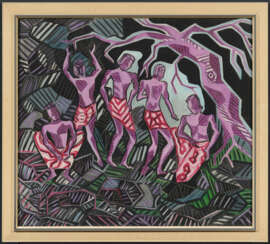




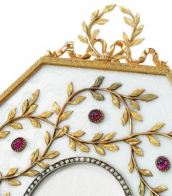
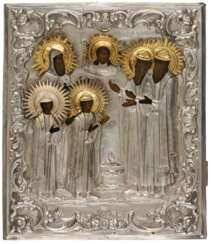


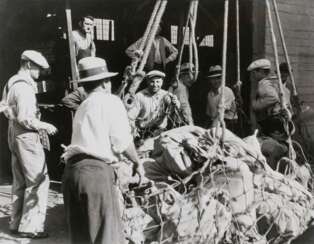

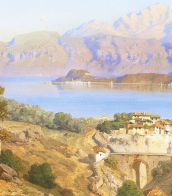
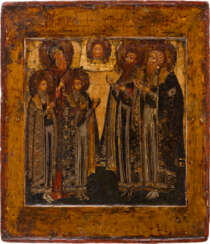

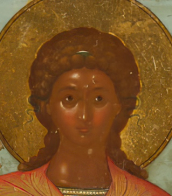
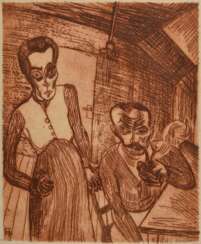

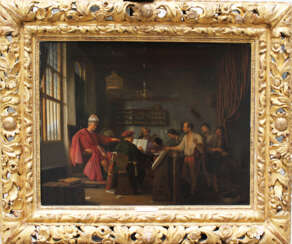

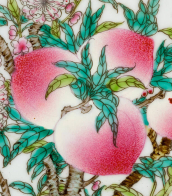
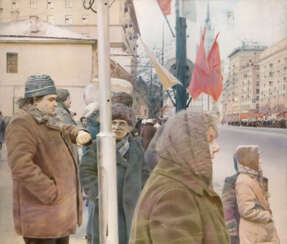


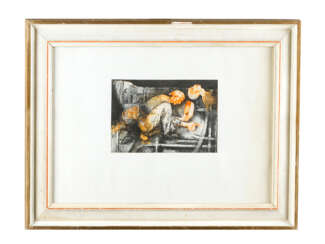

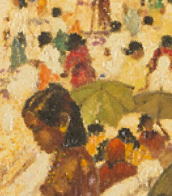
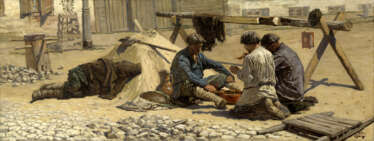

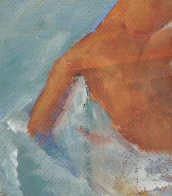





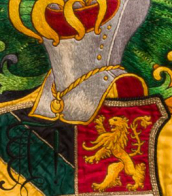





![“They are the best [DNA] specimens we have had from anywhere”](/assets/image/picture_2660780/b6989/wtqxsgckh1utttpjz81lkszp-kdnfcaybbwjqjldhyieuoi-f2a-ptsya9jk2i1674694167jpg__fix_374_244.jpeg)
![“They are the best [DNA] specimens we have had from anywhere”](https://veryimportantlot.com/assets/image/picture_2660780/b6989/wtqxsgckh1utttpjz81lkszp-kdnfcaybbwjqjldhyieuoi-f2a-ptsya9jk2i1674694167jpg__fix_374_244.jpeg)
